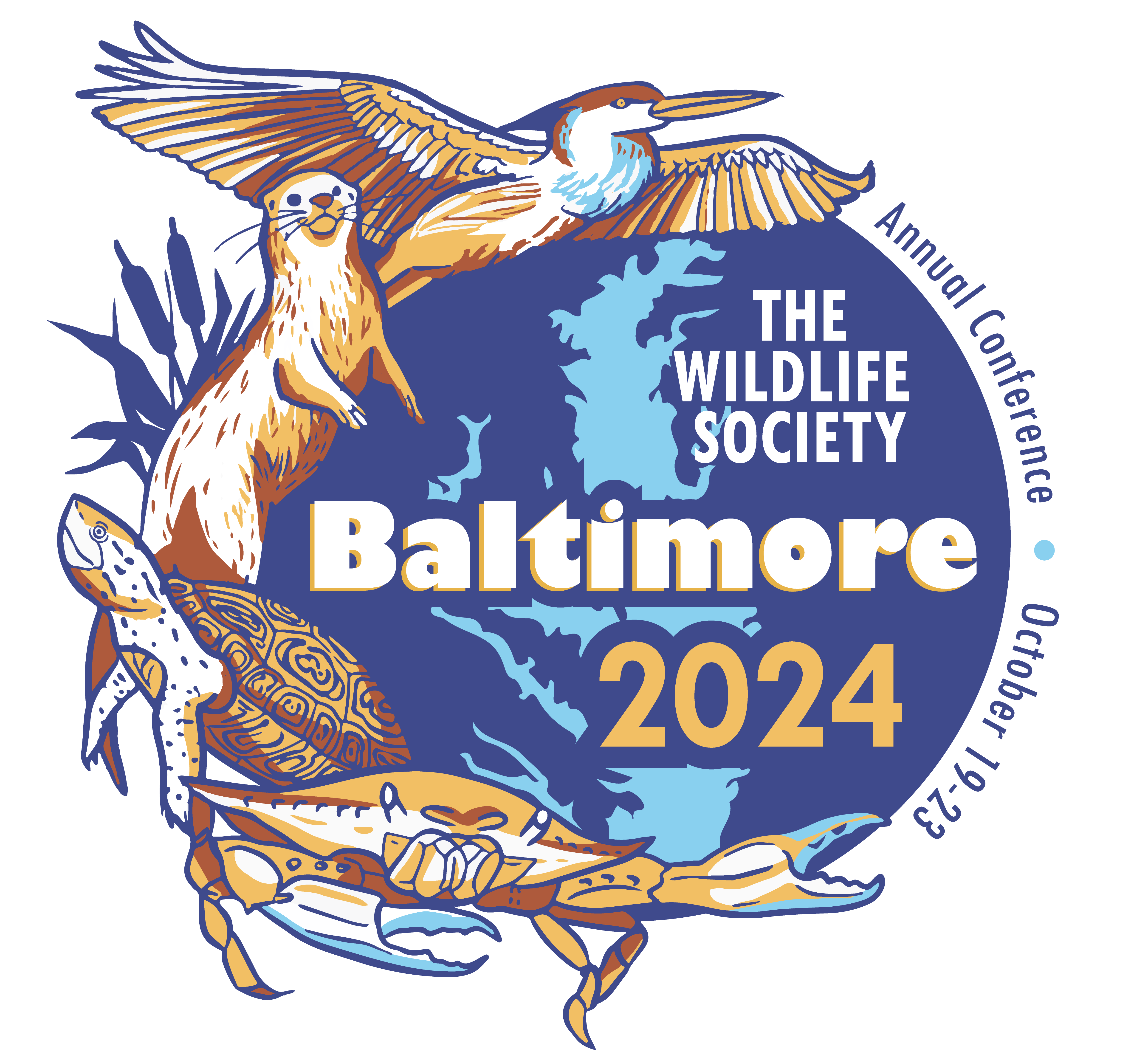- News
-
-
-
-
-
Latest News Articles
- Wildlife Vocalizations: Kylie Perez April 19, 2024
- Warning drivers about wandering wildlife April 19, 2024
- 2024 TWS Elections: Canadian Representative April 18, 2024
-
-
-
- Wildlife Professional Resources
-
- Our Network
-
- PUBLICATIONS
-
-
Recent Posts
-
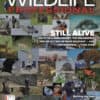 The Wildlife Professional November/December Issue
November 1, 2023
The Wildlife Professional November/December Issue
November 1, 2023
-
-
-
-
-
-
- Wildlife Events
-
-
-
Upcoming Webinars
- No Events
-
-
-
- Who We Are
-
Tag: Forest
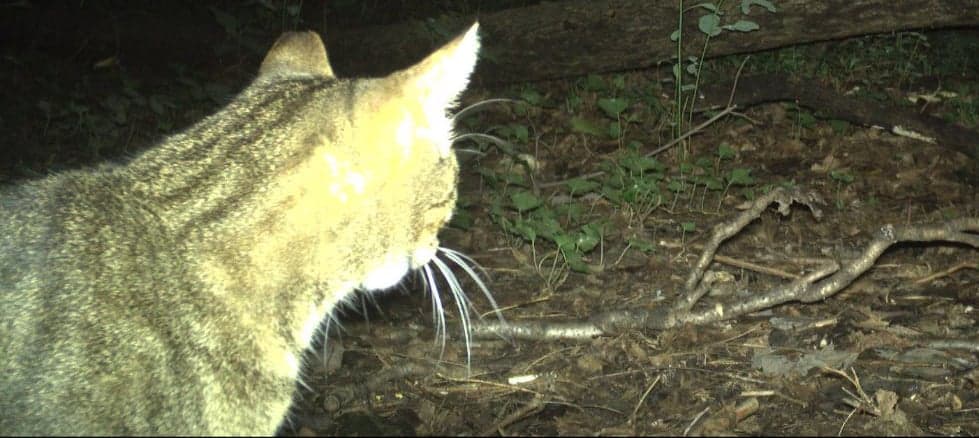
January 25, 2023
Outdoor D.C. cats put themselves and others in danger
Letting pet cats spend time outdoors can put them at risk for contracting diseases, while simultaneously causing harm to wildlife and the ecosystem. This finding came out of a larger...
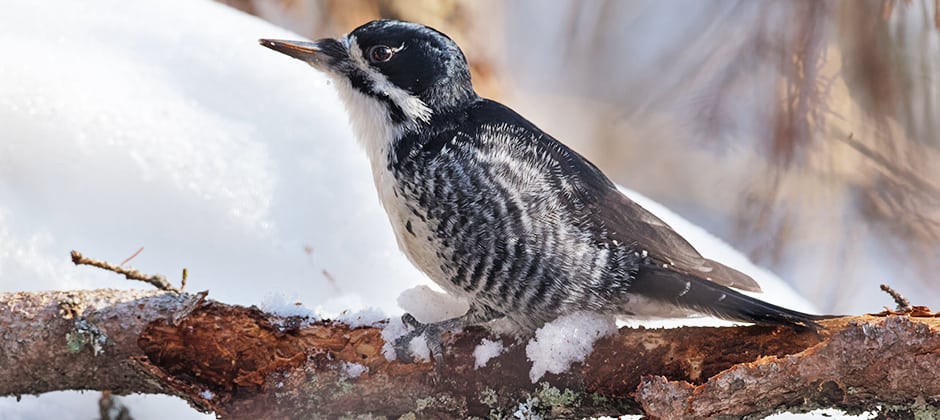
August 16, 2019
For fire-dependent woodpeckers, megafires are too intense
Species like the black-backed woodpecker historically have relied on landscapes shaped by high-intensity forest fires, but researchers recently found the intense megafires that now burn across California and the West...

June 21, 2019
Tapping into private landowners for bird diversity
Privately owned forests in Costa Rica may support just as much bird biodiversity as protected forests, according to new research. Daniel Karp, an assistant professor in the Department of Wildlife,...
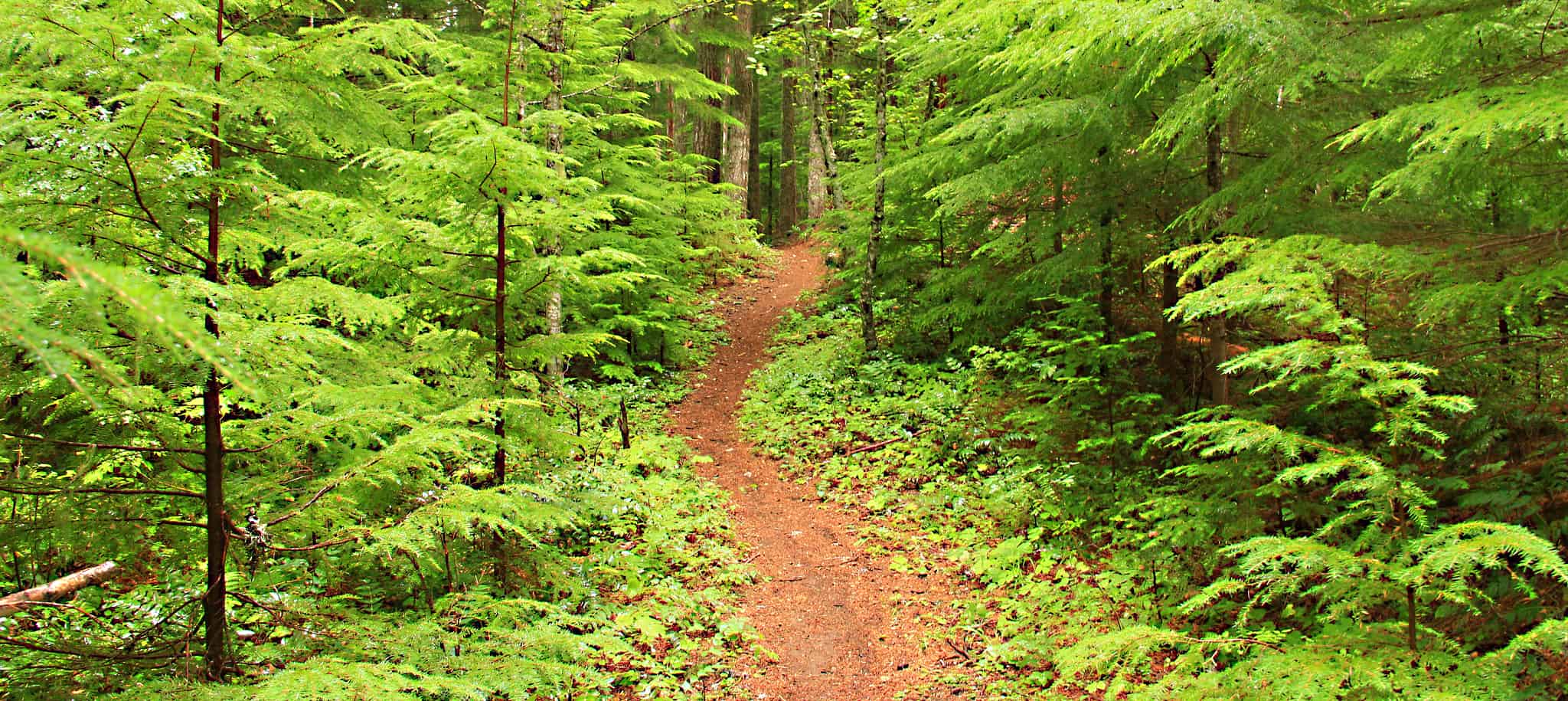
February 22, 2019
25 years after Northwest Forest Plan, birds still declining
In the 25 years since the Northwest Forest Plan was initiated, bird species still are not recovering, researchers found, despite sweeping protections the plan brought to old-growth forests in Washington,...
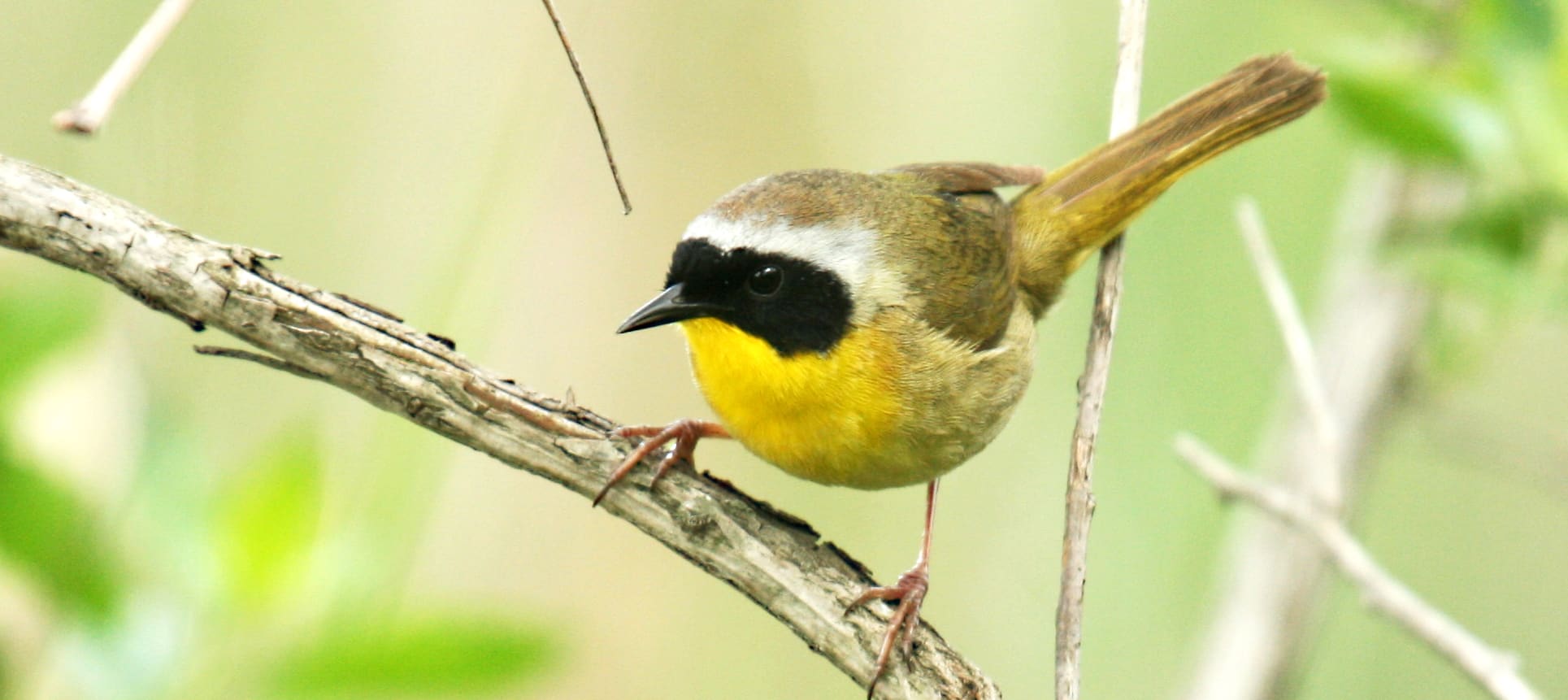
January 30, 2019
In a protected forest, why did the birds disappear?
The William L. Hutcheson Memorial Forest is a rare piece of land in New Jersey. Set aside by Dutch settlers in 1701, it is an uncut tract of old growth...
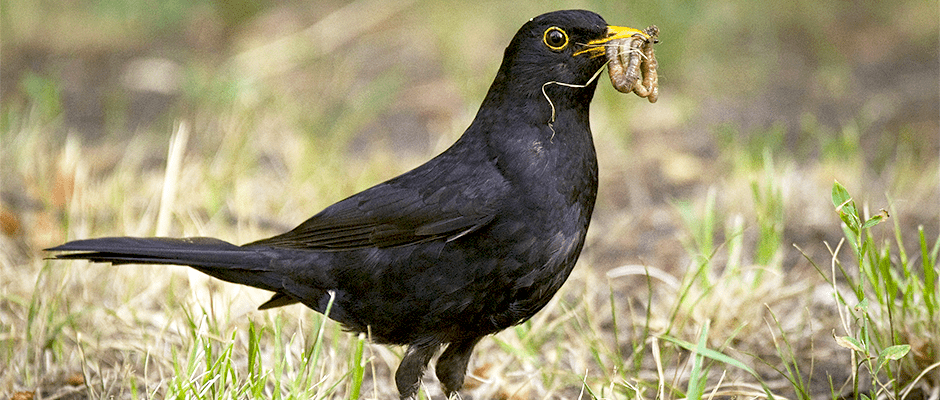
December 7, 2018
For birds, the trail less travelled makes all the difference
The presence of humans on trails — not the trails themselves — cause the most disturbance to forest birds, according to recent research. In a study published in Frontiers in...
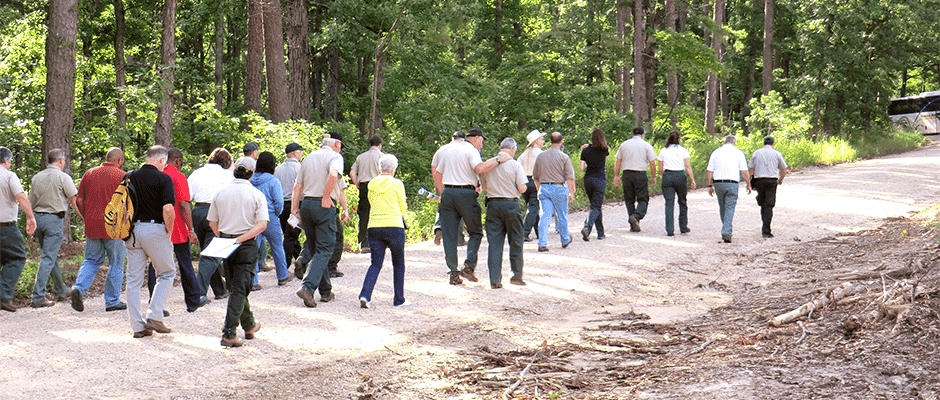
August 1, 2018
Restoration of Pine-Oak Woodlands in Missouri — from The Wildlife Professional
Using Science to Inform Land Management Debates and Decisions On a warm July day in 2014, our group headed out to a field tour on the Mark Twain National...
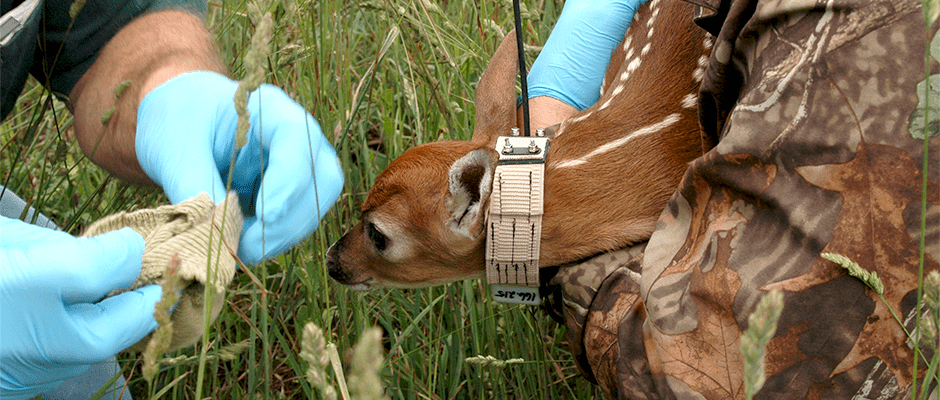
May 31, 2018
JWM: Agriculture may improve white-tailed fawn survival
White-tailed deer (Odocoileus virginianus) fawns have a better chance of avoiding mortality on agricultural land than they do in forests, according to new research. In a study published in The...

April 6, 2018
Northeast Section releases position on forest management
The Northeast Section of The Wildlife Society has released a new position statement titled Managing for Biodiversity in Northeastern Forests. Approved last month, the statement expresses concern that the effects of...
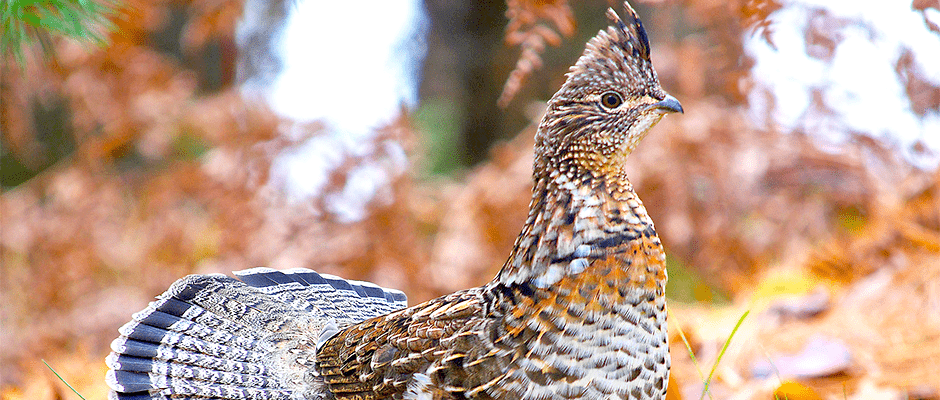
October 24, 2017
JWM study: West Nile could be impacting Pennsylvania grouse
A new study from Pennsylvania suggests that the West Nile virus may be partly to blame for the decline of ruffed grouse and could be undermining efforts to restore the...

